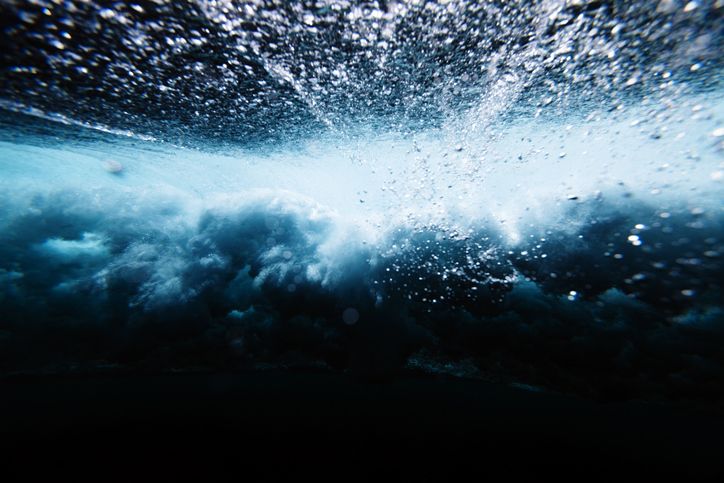Investors pass sweeping judgements on Japanese investment opportunities while overlooking companies which can decouple from the difficult macro environment and thrive, according to an asset manager.
Sophia Li, co-fund manager at FSSA Investment Managers, which is part of First State Investments, tells Expert Investor that her fund was hit by the general market sell-off due to covid-19 this year; but that, broadly, it has shown resilience.
“Since inception, our fund has managed to outperform more than 80% of the time during downturn markets,” she says.
The First State Japan Equity Fund (class III USD) has 48 holdings and $246.2m (€207.9m) of assets under management and is benchmark agnostic.
As of end of July, the fund delivered 17.5% in the prior six months and outperformed the MSCI Japan Index, which returned -7.3% in the same period.
Since inception in February 2015, the fund has returned 128.7%.
Macro environment
Japan is a known sufferer of macroeconomic headwinds, such as low growth and an ageing population, plus persistently low interest rates.
But Li explains that it is a misconception that there has been little to no growth since the economy began stagnating in 1992.
Additionally, when selecting holdings, one of her requirements is that most of the companies grow without relying on the overall macroeconomy.
Unique business models
The strategy targets innovative companies with unique business models that can create demand.
“The only way for you to grow [in this environment] is to create a blue ocean. And we invest in companies that have a track record of doing that,” Li explains.
She tends to select secular growth stocks which generate very high returns on invested capital.
“More than 80% of the companies in the portfolio have a net cash position, supported by strong free cash flows,” she notes.
At 3.7%, Japanese factory automation production company Keyence is among the top 10 holdings of the fund.
It is very profitable with a gross margin of more than 80%, an operating margin of more than 50% and a return on invested capital, excluding cash, that is between 80-90%, Li says.
“They don’t make any products of their own. They are responsible for all the research, [but] they outsource the entire production process to their long-term loyal partners in Japan because the founders’ philosophy is that they should reduce the fixed costs. As a result, their earnings will be much more resilient during economic downturns,” she notes.
The company also has a better understanding of its customers, which helps when producing innovative products. Unlike its peers, Keyence doesn’t sell its products through distribution partners but has its own sales team.
Impact from Covid-19
The domestic, secular growth stocks of the fund were able to benefit from the pandemic, and Li says that she added technology stocks when the market was in free fall and hit bottom.
But it is not an all-weather fund and among the risks is sector rotation.
The fund has also been affected by new trends that have emerged from the pandemic.
At 4.4%, Japanese cosmetic company Kao is the second biggest holding.
Li explains that the work-from-home trend has taken a bite out of cosmetic companies with high overseas exposure, because of the reduced need for make-up.
The cyclical consumer discretionary sector makes up 11.8% of the fund, following the sectors health care (12.7%), consumer staples (18.9%), information technology (24.9%) and industrials (25.2%).
Given that Japanese companies have strong cash positions, Li also believes that this will open up opportunities going forward.
“In the next few years, strong Japanese companies are better positioned for industry consolidation opportunities, and I think they can deliver higher growth than their global peers which will be constrained by the high debt level,” she said in a video on the company’s website.
*Please kindly note that a different share class was provided after publishing and the article was updated accordingly.







